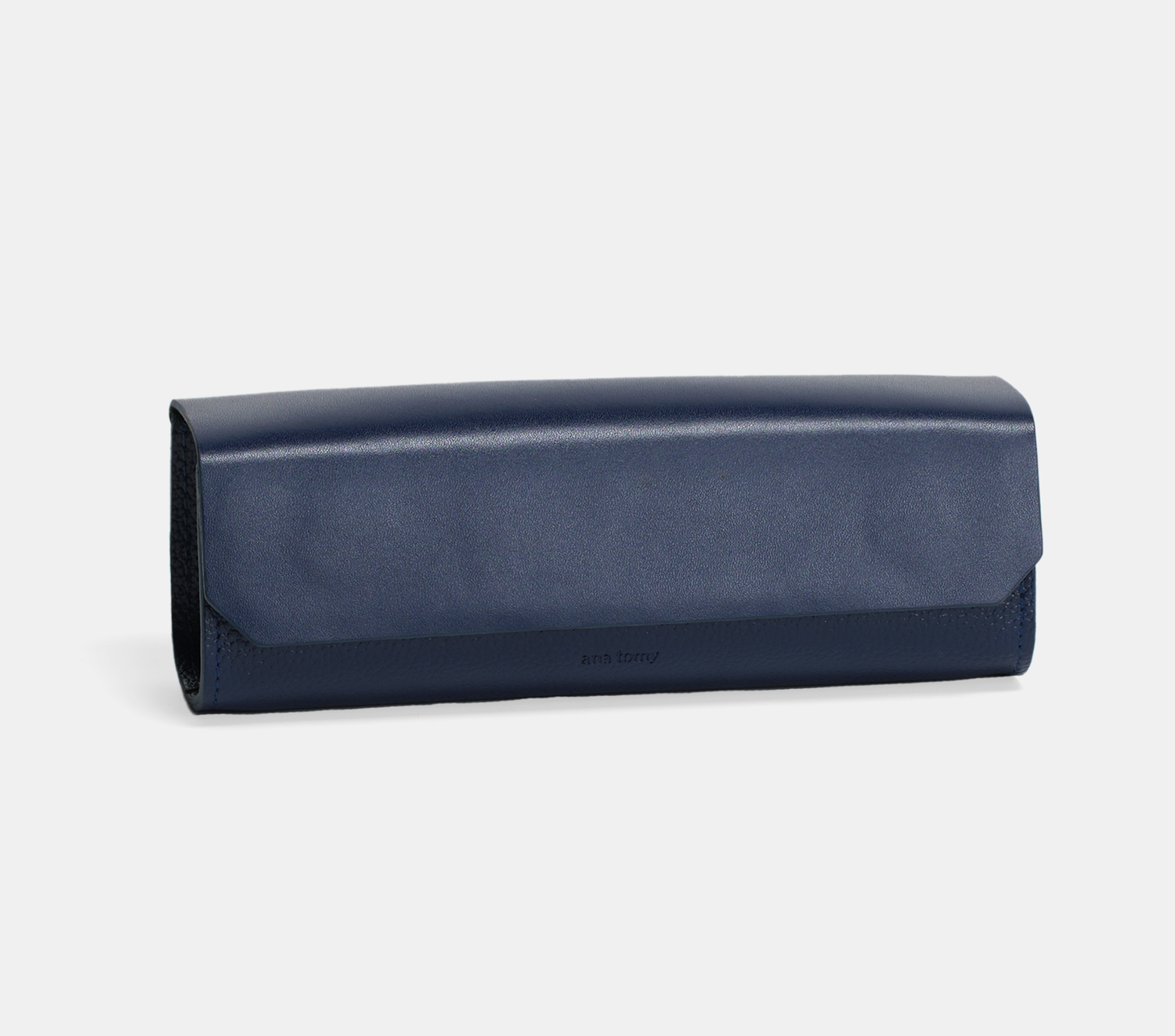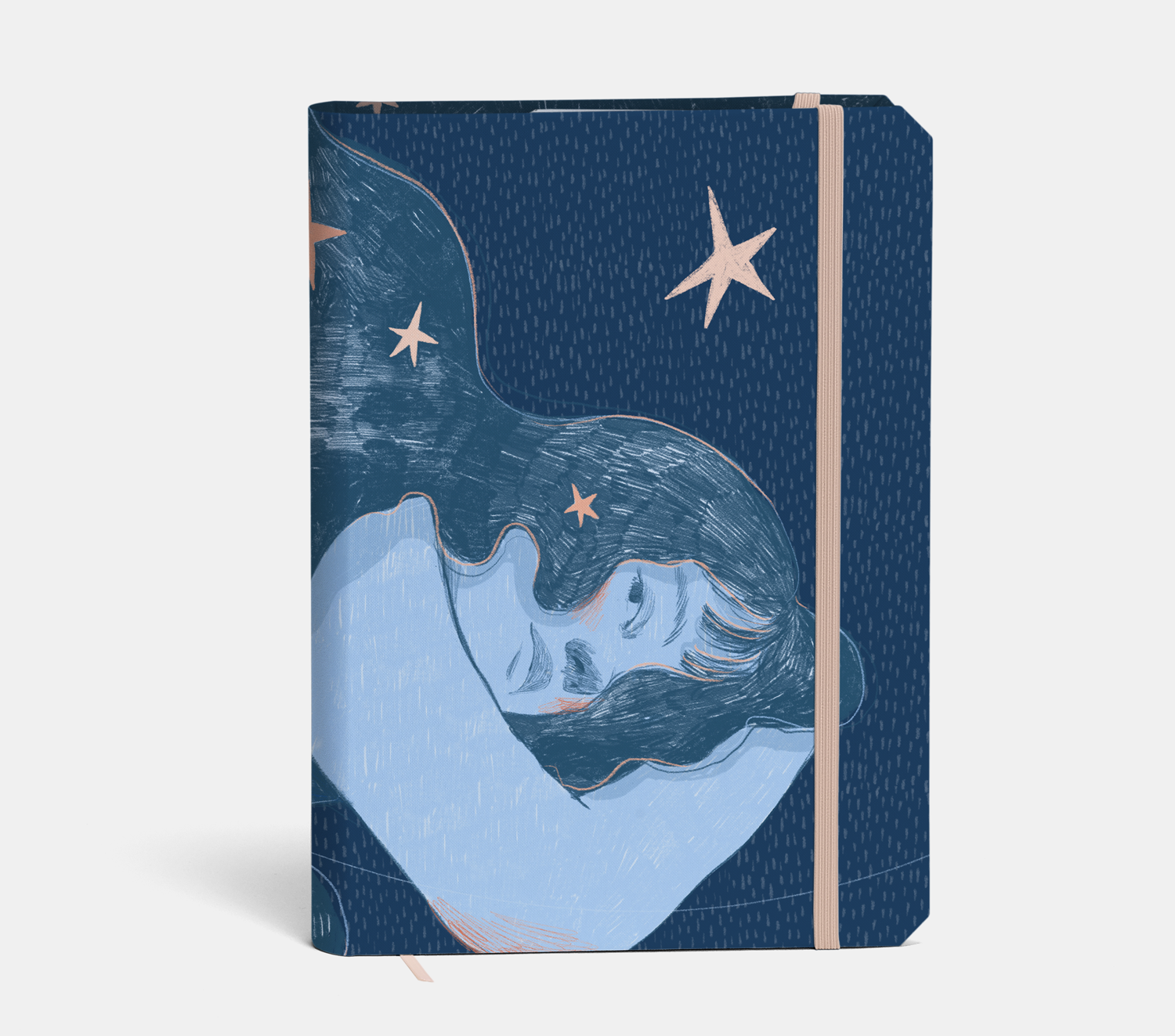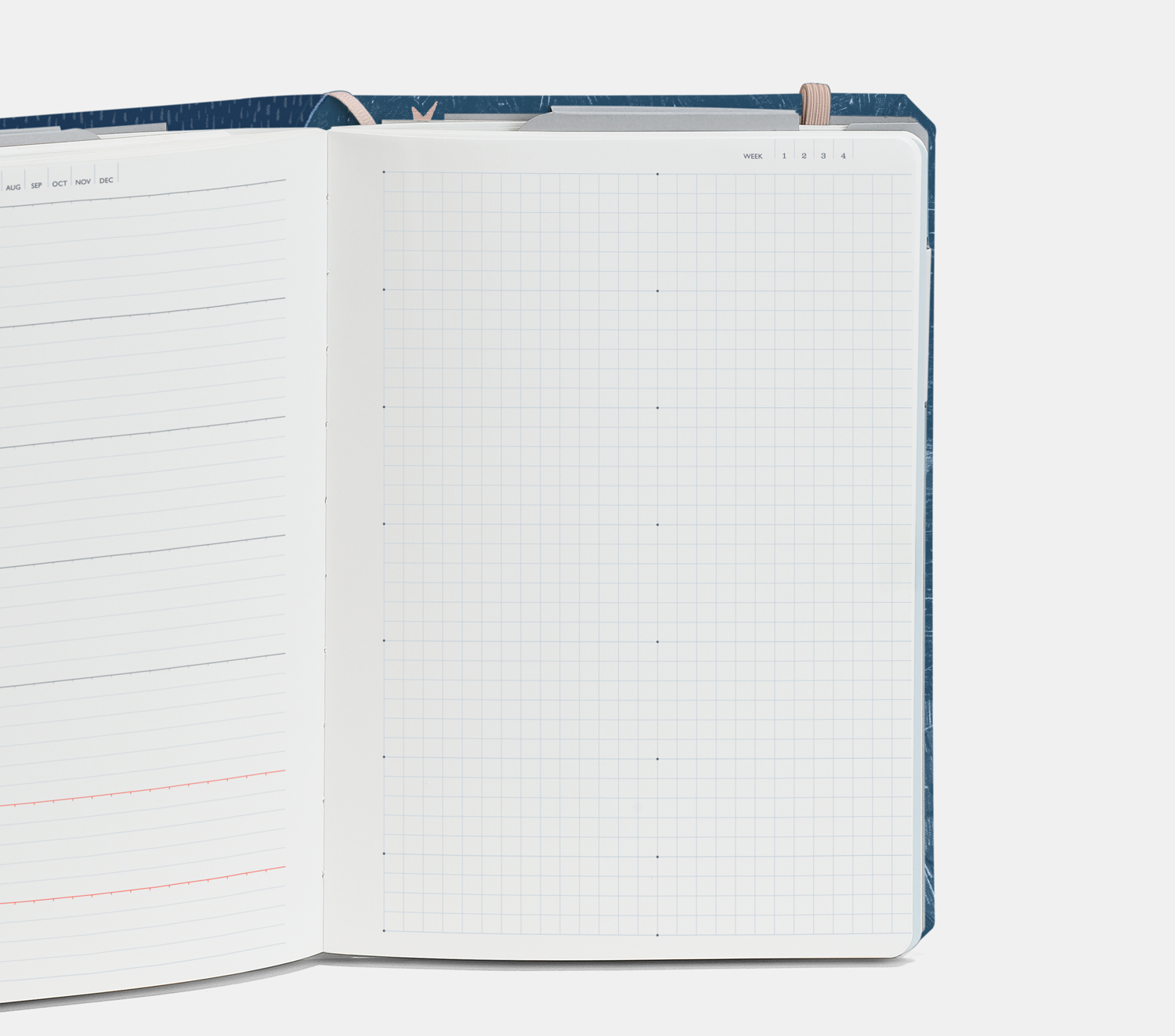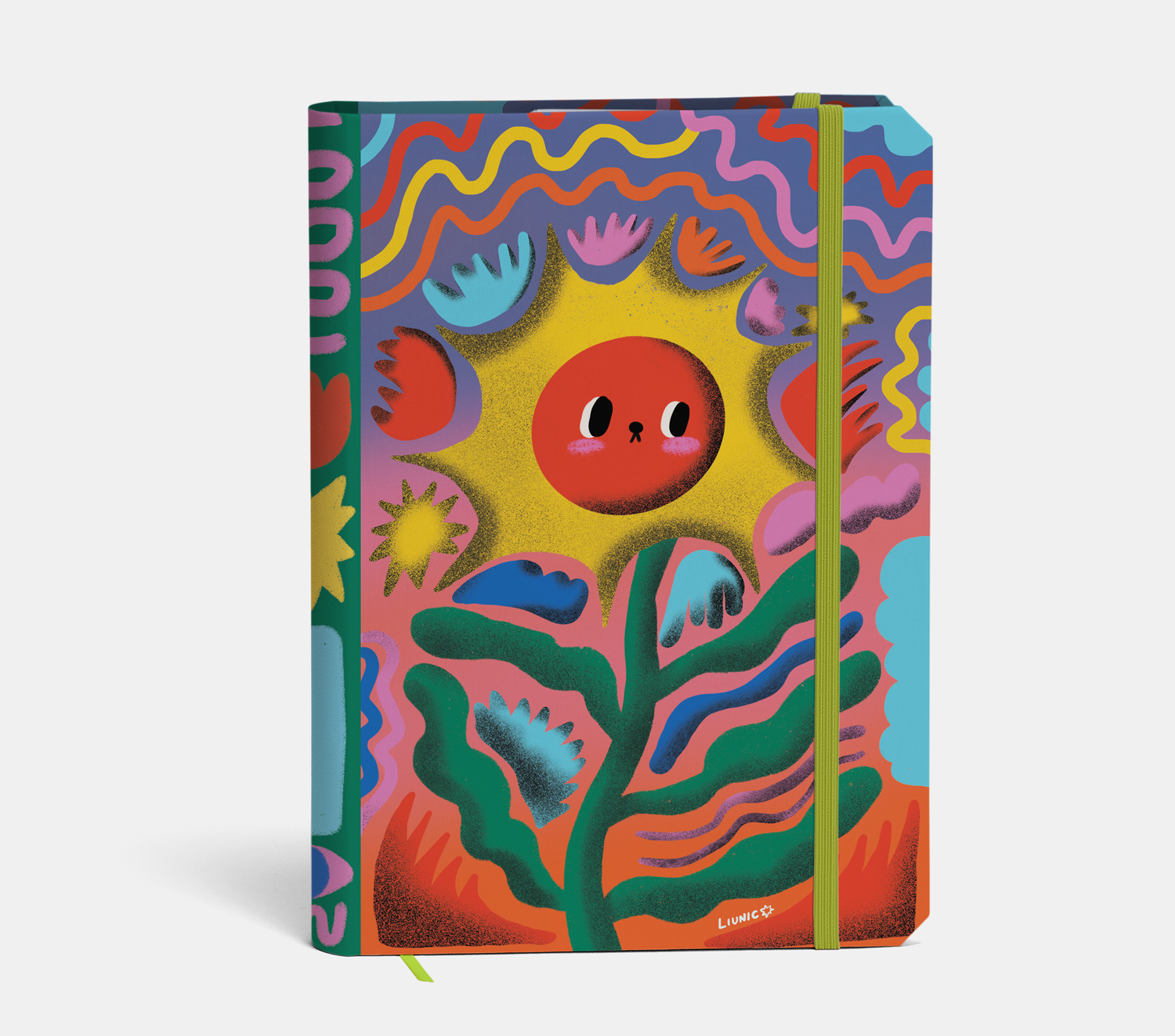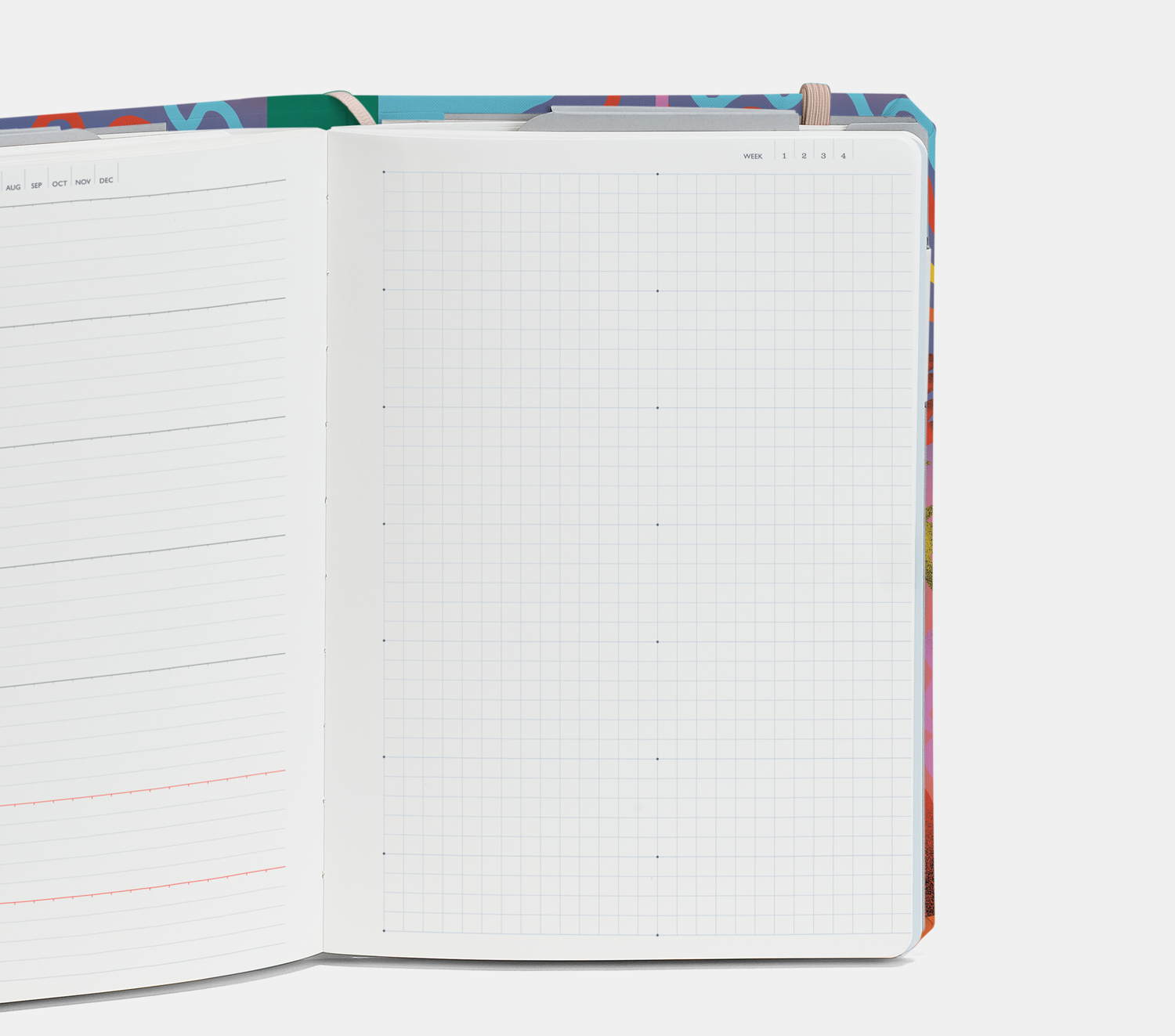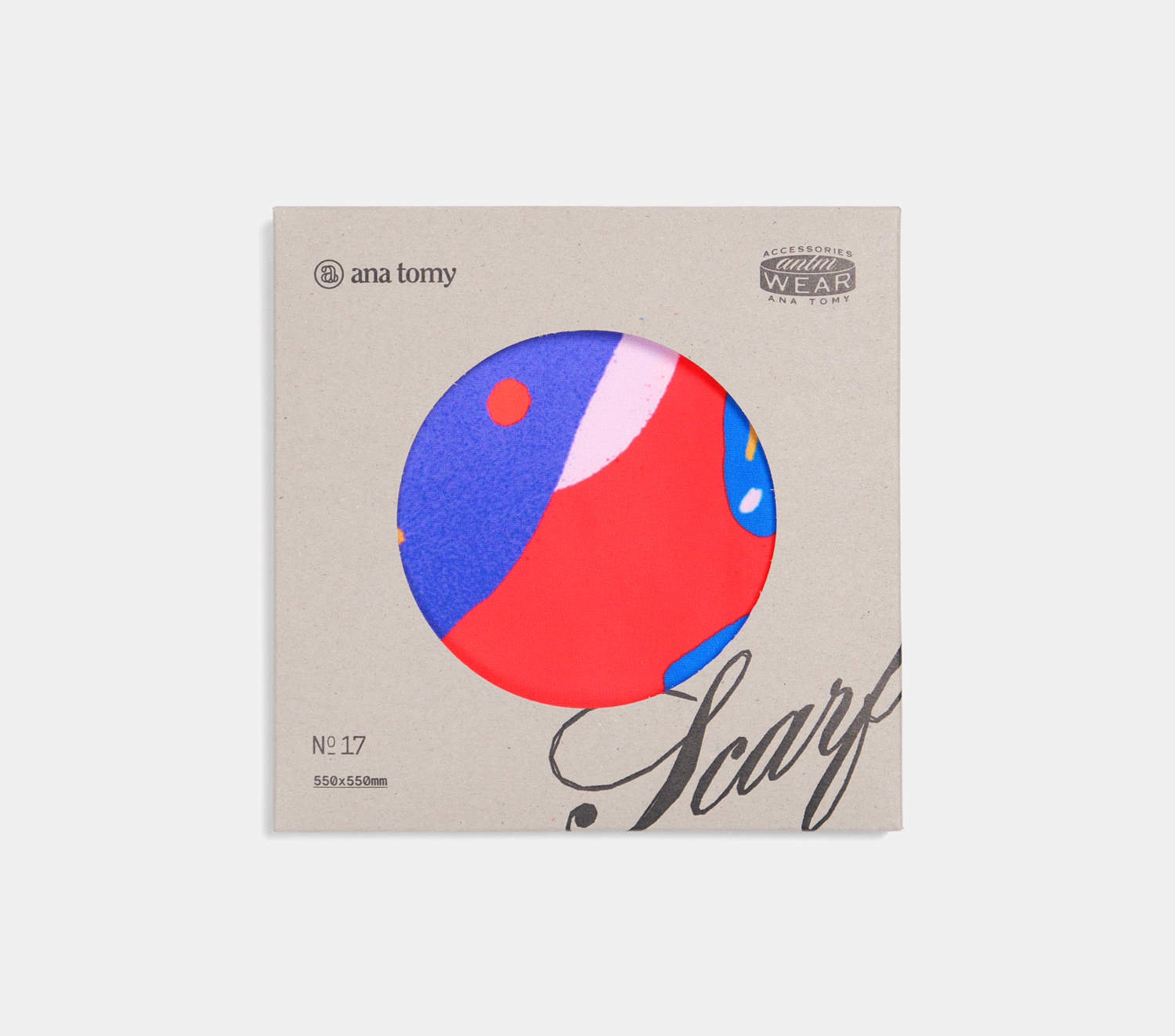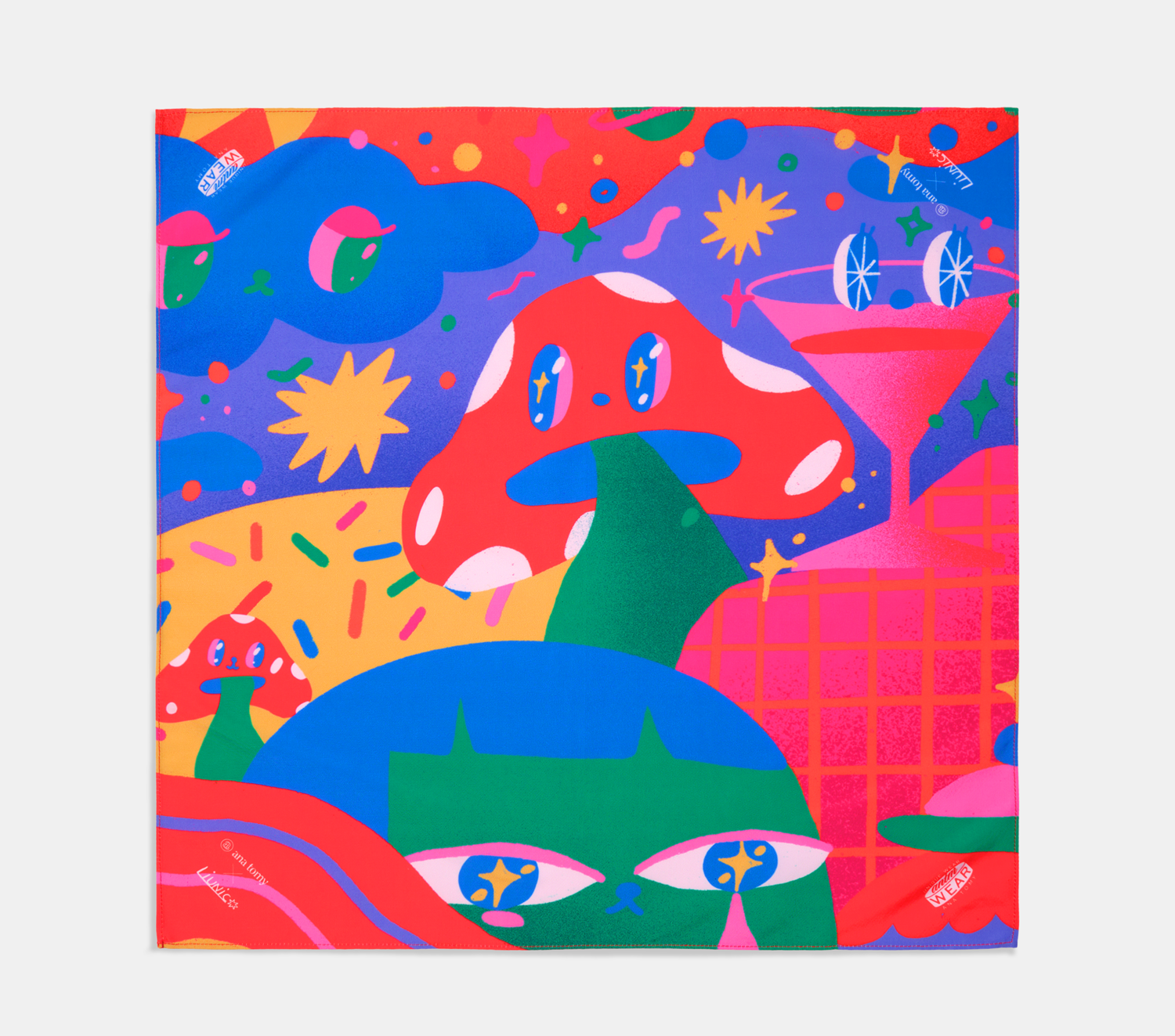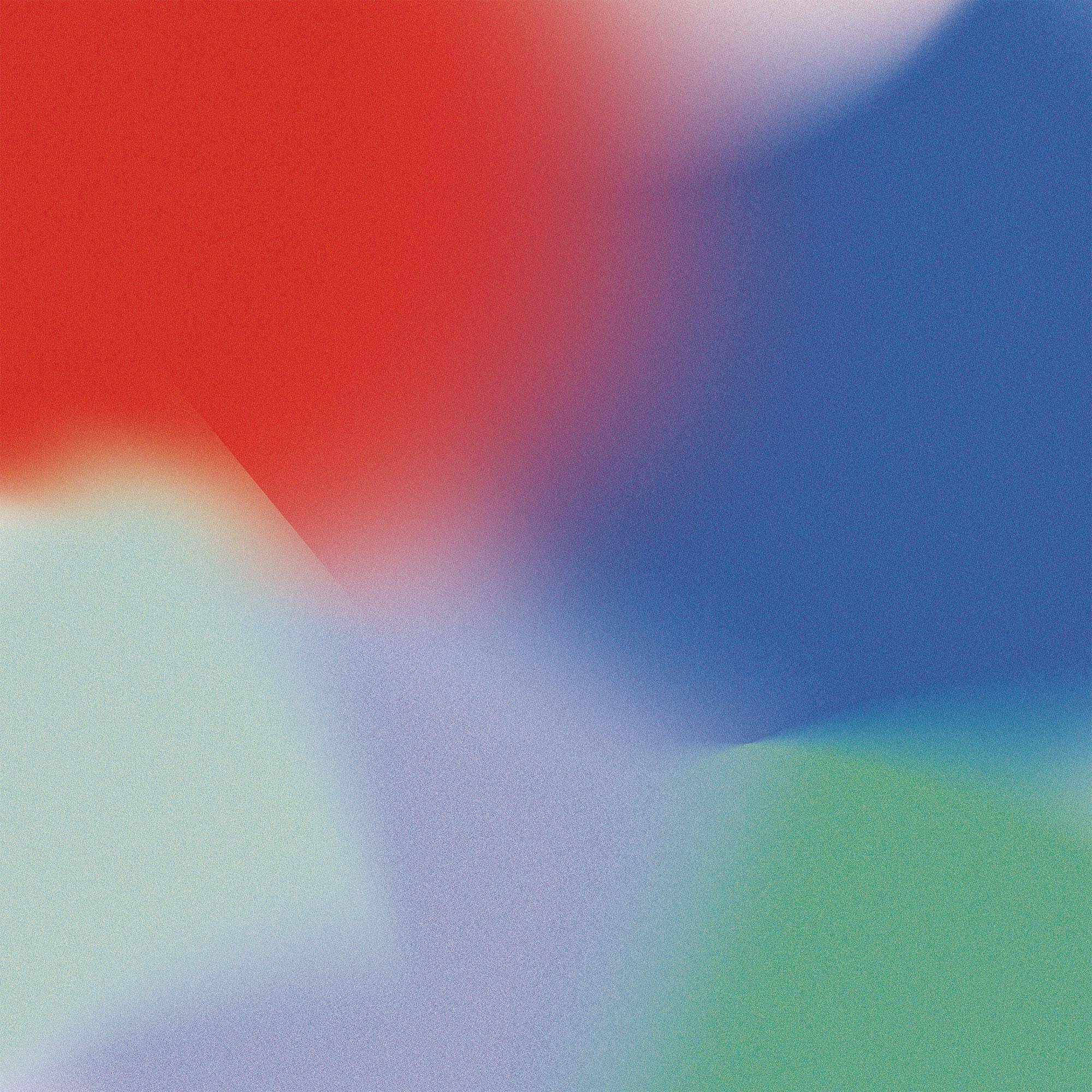
Looking into her past and present, Lena emphasises the extent to which she is more than happy with the organic, natural progression her works has taken so far (though at times can be a little shy). She is genuine and engaged in a sarcastically humorous way that makes her very pleasant to be around, both in person and online.

During his architectural studies, he was interested in the Polish Poster School and Polish Illustration. It became the main factor that made him pursue 100% for illustration and design. Today, Przemek loves getting inspiration from all over the world (mostly through Instagram and travels). In his works, he is usually inspired by nature, movies, scenes from life, and loves injecting humour in his craft.
Hello Lena. Where are you from and what was it like growing up there?
I recently moved to California from Pennsylvania, but I’m from China. My early childhood was spent on a small, very rural island off the southern coast of China where I was allowed to roam free. I was much younger than my many cousins, so I spent a lot of time alone getting well acquainted with my imagination. I remember lots of catching bugs, playing with the ducks and chicken, digging for razor clams on the shores, picking (but mostly eating) fruits in the orchards, and finding flowers in the mountains. While we didn’t have much in material possessions, it was honestly the best and most carefree childhood one could wish for. When I immigrated to Pennsylvania, it was suddenly a lot less freedom and a lot more responsibility. It was a small, very racially homogeneous town, so it was very isolating. That was the point in my life where I started withdrawing into my shell and occupying my time for drawing.
How was your earliest art-making look like?
As I mentioned, when I was young we didn’t have much in terms of material possessions. I wasn’t allowed to use pencils, markers, paper, etc. for anything other than schoolwork because we couldn’t afford to replace them. I remember drawing in the dirt with twigs and on walls with pieces of rock — the subject matter being lots and flowers and people, so I guess some things haven’t changed. When I immigrated to America, I still very much had that mindset that art supplies are a luxury, and any scrap paper I had was strictly for practising English; I would draw on used paper plates and napkins instead. One day, a stranger saw me drawing on a paper plate, and he ended up gifting me boxes upon boxes of paper because he happened to own a paper mill. I remember him very fondly because that was the first time in my life that I felt like someone supported me in a hobby I saw as an indulgence. I filled up those pages with so much Pokemon and Sailor Moon fanart.
Tell us about the moments in your journey that you saw as significant creative milestones.
When I was in my early teens, I used the New Years money I had saved up and bought myself a cheap Chinese tablet. That’s when I started teaching myself how to draw. Digitally, I could explore colors, mediums, and techniques I didn’t have the luxury with physical art supplies. I started posting on DeviantArt. My DeviantArt page started taking off, and I started taking in commissions to make money on the side. However, I think my biggest creative milestone and the biggest point of growth was when I walked away from that persona and style and was able to start over new. It was refreshing to shed those expectations people had of me and try new things. When I picked up drawing again after largely not making art for 6 years, I got to explore traditional mediums like pencil and watercolour, and I did a lot of portrait studies from photographs of all kinds of subjects that used to make me uncomfortable.
During his architectural studies, he was interested in the Polish Poster School and Polish Illustration. It became the main factor that made him pursue 100% for illustration and design. Today, Przemek loves getting inspiration from all over the world (mostly through Instagram and travels). In his works, he is usually inspired by nature, movies, scenes from life, and loves injecting humour in his craft.
You own a cat named Walter who you feature often in your art. Why is that?
Walter came to me during a dark moment in my life, and I think he was just as lonely and scared as I was. We helped bring each other out of our respective shells because I had to take care of myself to take care of him. He is my constant companion and muse, and he’s just amazingly adorable and full of personality. Surprisingly, I wasn’t a cat person at all before Walter, and I hear that sentiment often from many followers. Honestly, I don’t own Walter; he owns me instead as incredibly cheesy and cliche as that sounds.
You were able to do the thing that many of us wanted to do but few ever do. Your artwork on Instagram gets way more (way more!) likes than most other artists we follow. How did you achieve that?
I think a big thing in my growth was my ability to interact with followers as a person. I have always been my genuinely awkward, sarcastically humorous self online, and I think people find relatability in that. Other than that, it’s honestly mostly luck when it comes to getting discovered on Instagram.

During his architectural studies, he was interested in the Polish Poster School and Polish Illustration. It became the main factor that made him pursue 100% for illustration and design. Today, Przemek loves getting inspiration from all over the world (mostly through Instagram and travels). In his works, he is usually inspired by nature, movies, scenes from life, and loves injecting humour in his craft.
Can you tell us how did you get to this point in your work?
In many ways, there was never a choice for me to do anything but art. It seems I had always tried to find a reason to give it up or not even give it a chance, but I’ve always loved seeing people’s reactions towards my artwork. That was the one aspect I couldn’t walk away from, through all the iterations of my different pseudonyms throughout my life. It’s always been my way of connecting with the world, and I’ve only allowed myself to embrace that the last few years instead of running away from it, afraid of the possible failure and disappointment pursuing art as a career could bring. At some point, I started enjoying the process of improving my techniques and learning new mediums instead of worrying about the outcome and audience response. That’s when I fell in love with art, and lately, I’ve been trying to remind myself of that feeling again.
How do you feel about the works you do now?
Admittedly, I experience imposter syndrome very strongly. None of my family has seen my artwork, and only close friends in real life know what I do in detail. I still get shy having people watch me draw, and most days I am my own biggest critic. I feel like there’s always room for improvement, and that’s both a blessing and a curse.
What would you do differently if you’re to restart your journey?
I honestly wouldn’t do anything differently. Everything that has happened — all of my decisions — has led me to exactly this point. However, if I had to choose one thing I’d do differently, I’d pick a better Instagram name because I’m now stuck with a name nobody knows how to say (myself included).
ana tomy x 0073.uv
| Przemysław Sokołowski's Pick | Trio Book |
|---|---|
| Elastic Band | Black |
| Ribbon Marker | Powder Blue |
| Insert Papers | A-Book: 12 Month Undated Planner (48 pp.) |
| N-Book: Plain (112 pp.) | |
| A-Book: To-do List & Habit Tracker (48 pp.) |
